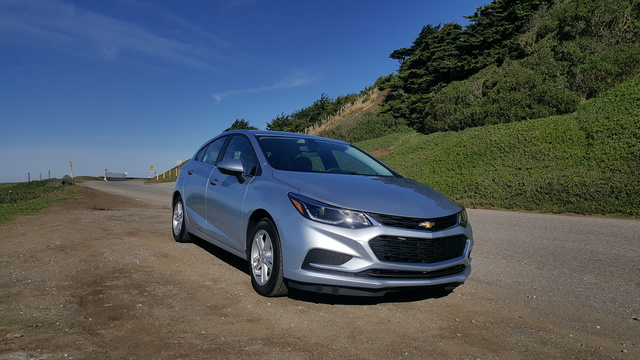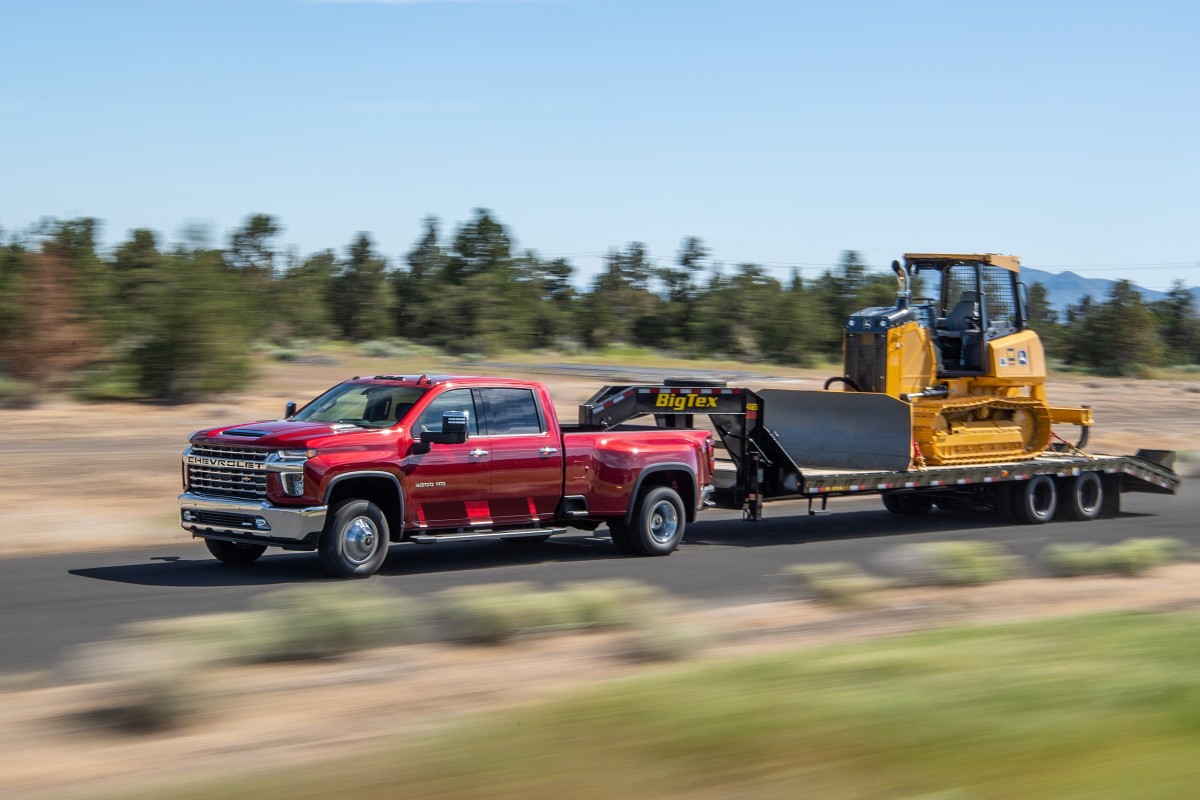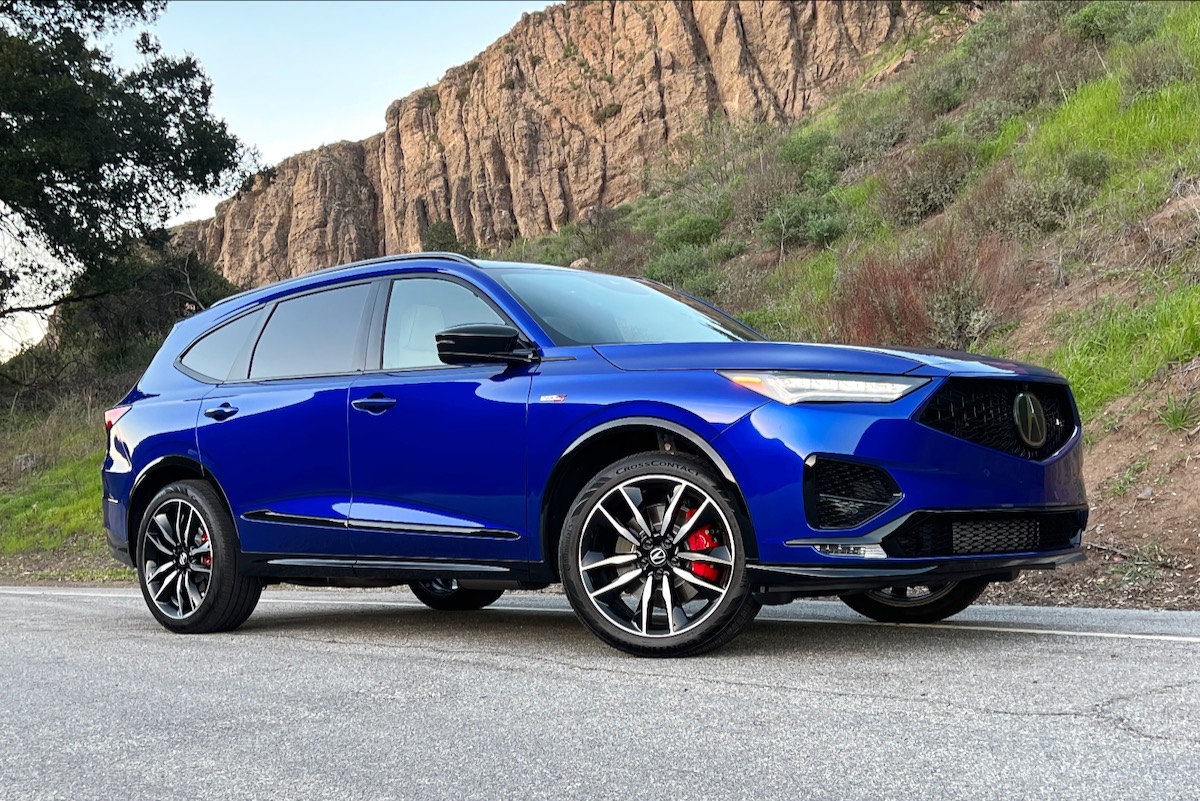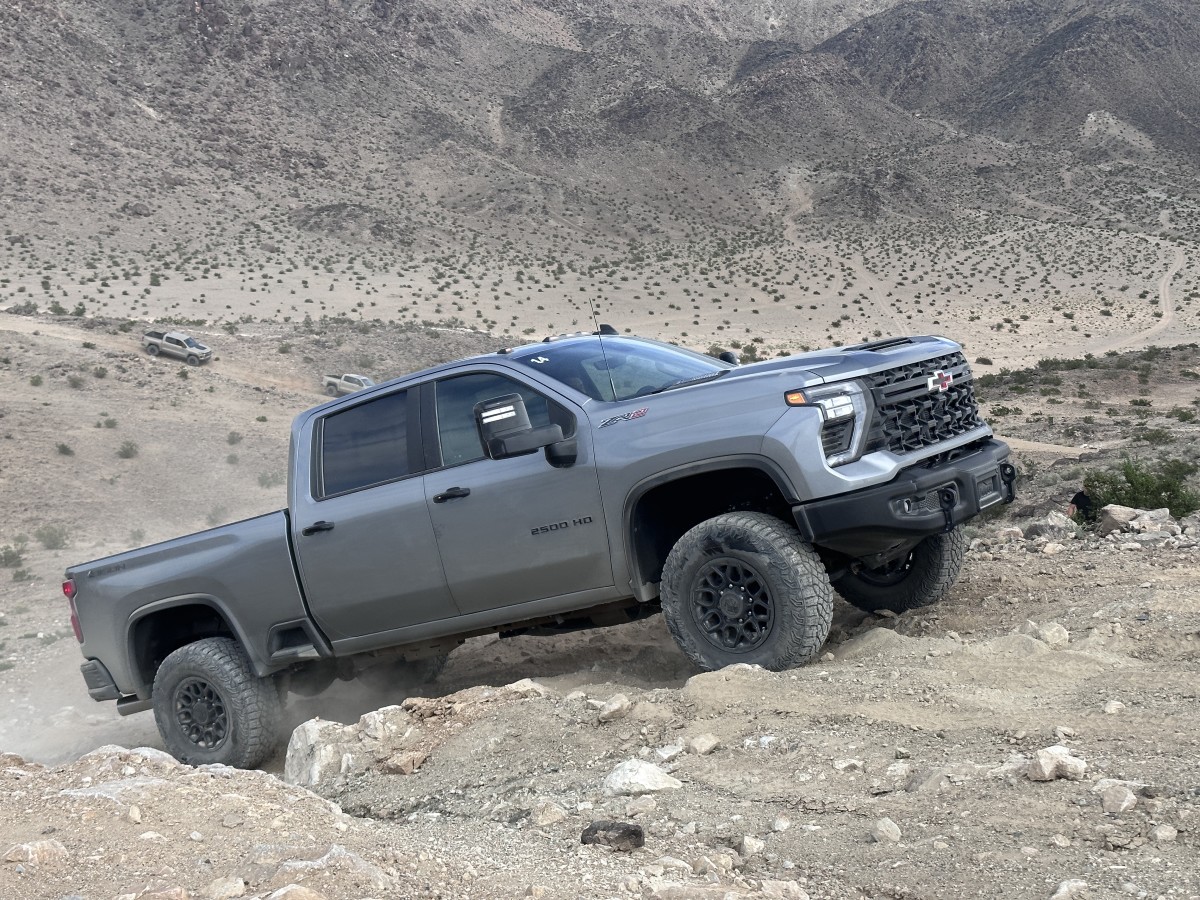The Chevrolet Cruze debuted to much fanfare in the fall of 2010. The Cruze would replace the middling Cobalt, which had replaced the aged Cavalier, which had replaced the infamous Vega.
In contrast to these older cars, the Cruze looked and felt world-class and had cost $4 billion to develop. It represented the future of GM, where the Cobalt was a holdover from before its brush with bankruptcy. It sat five passengers in comfort, handled well, got good marks for safety, and felt refined despite still being budget-friendly.
Unfortunately, over time, the initial Cruze proved fragile and trouble-prone, with an uneven reliability record, which soured consumers’ impressions of the car. However, Chevrolet returned to the drawing board and created a much better second-generation Cruze that debuted for 2016. This one came in sedan or hatchback form and had a much-improved reliability record across the board.
But just as the car got better, consumers lost interest, migrating en masse to compact crossovers like the Equinox. Chevrolet gave it one last refresh for 2019 but then dropped the car altogether.
Over the years, the Cruze competed with many similarly sized and priced vehicles, including the Honda Civic, Toyota Corolla, Ford Focus, Nissan Sentra, Kia Forte, Hyundai Elantra, and Volkswagen Jetta.
These little Chevies can be found cheap, but earlier models can have all sorts of reliability issues. If you’re shopping for a Cruze, stick to later years and inspect carefully. Our buying guide explains all.
Chevrolet Cruze Buying Guide: Cost, Reliability, and the Best Years to Buy
- Frequently Asked Questions
- Chevrolet Cruze Pros and Cons
- Chevrolet Cruze Generations
- Second Generation (2016-2019)
- First Generation (2011-2016)
Frequently Asked Questions
Which Chevrolet Cruze years are the best?
There’s a very clear dividing line in terms of value and reliability between the two Cruze generations. The later cars, built from 2016 to 2019, are much more reliable than the earlier ones, and they come with nicer features, roomier interiors, and the option of a practical hatchback body style. However, even though the second-gen models are much more durable, many reliability trackers, like Consumer Reports, ding the 2016 models for electrical problems. Notably, the first-generation Cruze was also sold to fleets in 2016, which might have something to do with this.
What are the worst Chevrolet Cruze years?
2011 through 2014. The earliest Cruze models are the most problematic, and most outlets like the Dashboard Light index, CarComplaints.com, and Consumer Reports give the 2011 through 2014 models poor marks for reliability. 2011 models seem particularly bad, with a huge number of serious complaints about engine, transmission, HVAC, and cooling system issues. In all years, Consumer Reports gives it “Much worse than average” ratings for HVAC issues. We’d steer clear of these years unless it's a screaming deal. 2015 models have slightly better records, but they’re still worse than most competitors.
Is a used Chevrolet Cruze a good deal?
Yes and no. The first-generation Cruze is very cheap to buy, much less than a comparable Honda Civic, but its reliability reputation means you’ll probably end up putting money into it after purchase. The second-generation Cruze is a much more solid purchase but costs a little more, and the price delta between it and used Golfs, Sentras, and Fortes is not particularly large. It’s not a bad deal, but not a great one either.
Chevrolet Cruze Pros and Cons
Pros:
- Roomy for its size
- Good driving dynamics, features, and powerplants
- Low price
Cons:
- Poor reliability record in early years
- Bland design
- Some cheap bits inside
Chevrolet Cruze Generations
Second Generation (2016-2019)
Chevrolet redesigned the Cruze for 2016, improving fuel economy, offering more rear seat room, and adding modern safety and infotainment technologies. A handy five-door hatchback joined the new Cruze model lineup for 2017. It added plenty of versatility, offering 643 litres of cargo space behind the rear seats and 1,336 litres with the seats folded down, much more than the 436 litres of the sedan, though that was still big for the compact car class.
Early on, the second-generation Cruze came only with a turbocharged 1.4-litre four-cylinder engine, making 153 horsepower and 177 pound-feet of torque, driven through either six-speed manual or automatic transmissions. This powerplant would last throughout the run, and most Cruzes are 1.4-litre automatics. It’s not a bad powerplant, and it can consume as little as 6.8 L/100 km combined, which was very good for the class when the car was new.
Starting in 2017, an Ecotec turbodiesel 1.6-litre four-cylinder engine was available and could operate on B20 biodiesel fuel. Though it has only 137 horsepower, the diesel makes a muscle-car-like 240 pound-feet of torque, so it’s quicker off the line than you’d think. It dips as low as 6.3 L/100 km in combined driving, and even lower to 4.5 L/100 km highway on some sedan trims. The engine wasn’t very popular, but it is durable and frugal, and this is probably the best version of the Cruze.
Buyers could choose from the same manual or automatic transmissions, and all Cruzes, gas or diesel, were front-wheel drive. From the time the diesel was added, there were five trims: the basic L, the mid-range LS, LT, and Diesel trims, and the top-spec Premier, which usually came loaded with lots of equipment and sometimes fancier interiors. Most used examples are LS and LT trims, as those were the big sellers. Lots of things were optional on them, so equipment can differ from car to car.
In this generation, Chevy added newer tech to keep the car fresh against its rivals. Even the base Cruze L came standard with a 7-inch touchscreen, Apple CarPlay and Android Auto connectivity, OnStar, Bluetooth, keyless entry, and steering wheel-mounted controls. Higher trims, such as the Cruze LT and Cruze Premier, were available with a sunroof, SiriusXM satellite radio, a Wi-Fi hotspot, and more. There were also active safety features, including automatic emergency braking, rear cross-traffic alerts, blind spot alerts, and lane departure warnings with lane keep assist.
This Cruze is much more reliable than the original version. While some reliability trackers give it only middling ratings, Consumer Reports rated the 2017 and 2018 models above average, and CarComplaints.com shows far fewer, and far less serious, gripes than first-generation Cruzes. The second-generation Cruze has been recalled infrequently, but that could change over time.
Accordingly, these cars are worth more than their predecessors. You can get a second-generation Cruze sedan in good condition with fewer than 120,000 kilometres on the odometer for as little as $10,000, but most examples with optional equipment and nice features will cost $13,000 to $15,000. Manual transmission and diesel models (and especially the rare combination of both) sell for slightly more, as these tend to be the most durable models but were also the slowest sellers.
CarGurus tested the Cruze in 2016 and gave it a score of 7.5. Successive tests in 2017 and 2018 each resulted in a lower score of 6.7.
First Generation (2011-2016)
The Chevrolet Cruze debuted for the 2011 model year and ran through the 2016 model year, overlapping with the redesigned second-generation version of the car. Those 2016 models, primarily sold new to fleet customers like Avis and National Rental Car, were called the Cruze Limited. This gave consumers and businesses a lower-cost alternative to the redesigned version, and it’s typical General Motors practice to do run-out fleet specials on outgoing models that overlap with new ones.
When the original Cruze debuted, it was offered in Canada in six trim levels: LS, LS+, LT Turbo, LT Turbo+, Eco, and LTZ Turbo.
The base-model LS was a bare-bones machine with a manual transmission, steel wheels with hubcaps, and few amenities. The LT Turbo had a six-speed automatic, more equipment and made many option packages available, while the manual-transmission Eco built on the LT Turbo with more aerodynamic styling and a limited number of extras like USB ports. The LTZ Turbo came with heated front seats and opened up more options like navigation. These trims continued pretty much this way through the entire run, but they were joined by the 2.0TD, soon renamed “Diesel,” in 2014.
Non-turbo Cruze trims came with a standard 1.8-litre four-cylinder engine making 138 horsepower and 126 pound-feet of torque. Turbo trims and the Eco trim got a turbocharged 1.4-litre four with an identical horsepower rating but 148 pound-feet of torque. In addition to the superior torque, the 1.4 could burn as little as 7.1 L/100 km combined in the Cruze Eco, while the best the 1.8 could manage was 7.9 L/100 km combined with the manual transmission.
In 2014, a turbodiesel 2.0-litre four-cylinder engine was added the lineup. With 151 horsepower and a brutish 264 pound-feet of torque, it was both the fastest and most frugal Cruze, matching the Cruze Eco on fuel consumption, but offering buyers only an automatic transmission. Sales of this powerplant proved to be pretty slow, however, as diesels just aren’t very popular with North Americans. It did, however, go faster than the Volkswagen Jetta TDI, and never had to wrangle with an emissions cheating scandal.
This Cruze also got very good safety ratings, even earning “Top Safety Pick” awards from the Insurance Institute for Highway Safety (IIHS) from 2011 to 2013. It’s roomy and comfortable, though the back seat is small. In other countries, a hatchback version was offered, but in North America all first-generation Cruzes were sedans. The gas-powered models have a big 424-litre trunk, and Eco models, which have some components removed for lightness, have 436 litres. Diesels have only 376 litres of space thanks to different fuel tanks. It also had a modern (for its time) infotainment system.
Unfortunately, the first-generation Cruze soon proved to be fragile and unreliable. 2011 models in particular generate a huge number of owner complaints for engine, transmission, HVAC, electrical, and overall quality problems. This reputation did not get much better over time, and outlets like Consumer Reports rank the first four years of Cruze production as worse or much worse than average in terms of reliability.
Consequently, these cars are cheap now. You can pick up a first-generation Cruze in good condition with fewer than 120,000 kilometres on the clock for as little as $6,000, and the majority of them sell for between $8,000 and $12,000. As in the second generation, manual and diesel models are much rarer than gas automatics, so you’ll pay a little more for those. As tempting as these deals might be, however, remember that this car isn’t always reliable. An inspection is definitely encouraged.
Buyers who really want one of these should also consider the first-generation Cruze’s upmarket sibling, the Buick Verano, which has a far superior reliability record and doesn’t cost much more.





